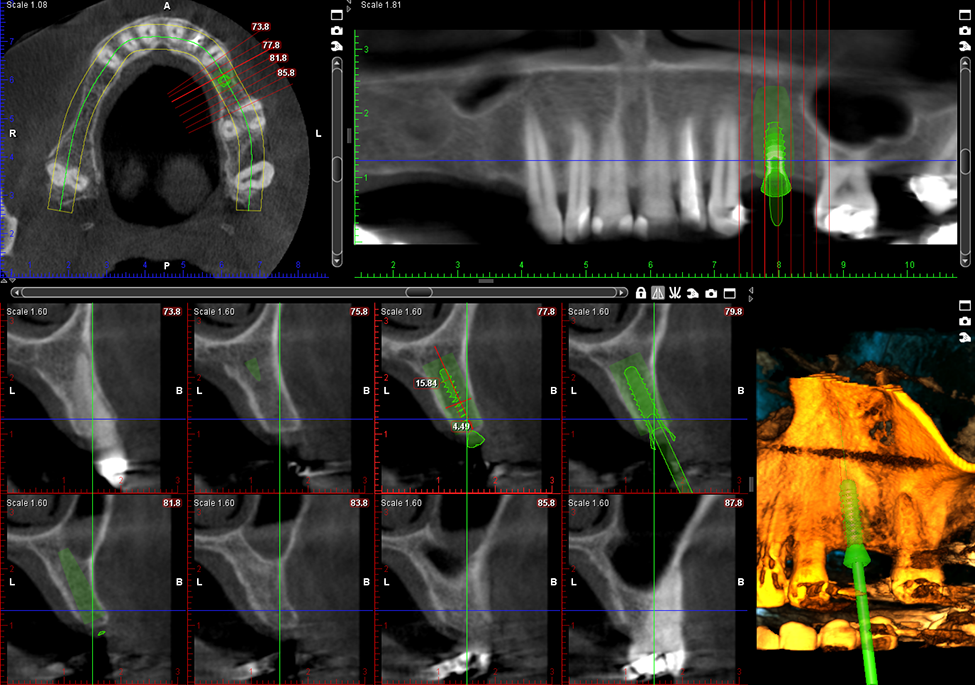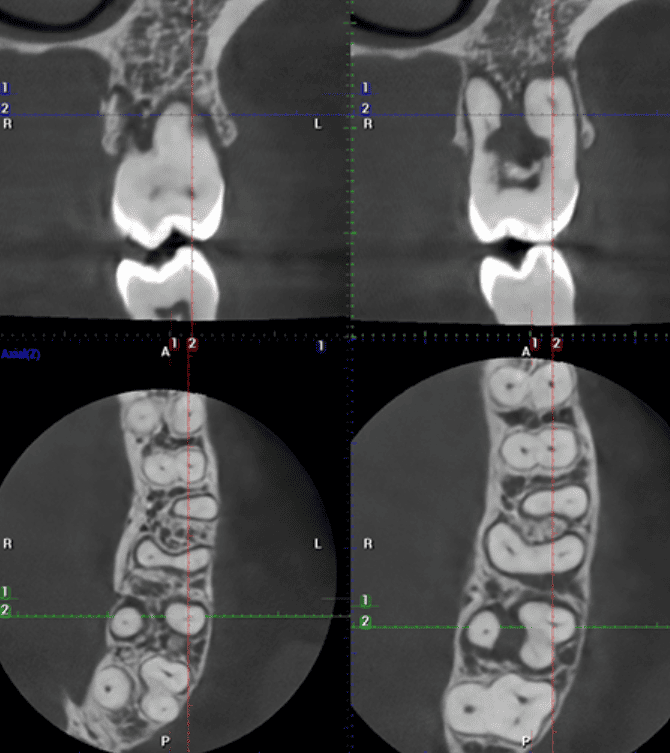You did it! You found a new dentist using the tips and tricks we discussed here. Now what? If you visited the office during your search, you took the first step to “break the ice”. Unfortunately, that short discovery visit doesn’t give the staff and dentist time to get to know you and vice versa. Let’s explore 7 things to expect at your first dental appointment.
1. Discuss dental insurance and payment policies.
Will the office file claims or will that be your job? Do they require payment or partial payment for procedures ahead of time? Contact your insurance provider before the appointment to understand what is and is not covered along with what information is needed to process the claim.
2. The medical/dental history form must be accurate.
Complete your medical/dental history form ahead of the appointment (some practices allow you to complete it on their website) or arrive early at the office to complete it there. Be sure to list all medications you take, including vitamins, supplements, herbal, naturopathic or alternative medicines. Know your allergies (if you have any) and don’t hold back reporting any medical information – even if you think it doesn’t pertain to dentistry or dental care. Be honest about tobacco, alcohol or illicit drug use – it could literally save your life! Dentists use local anesthetics that have direct effects on the heart and other organ systems and certain drugs/medications can interact with these anesthetics with potentially deadly consequences.
3. Expect to have your blood pressure and heart rate recorded.
High blood pressure (hypertension) can be problematic for dental care. Dentists use local anesthetics that include drugs like lidocaine and epinephrine – both of which have direct effects on the heart. Furthermore, many people are anxious about seeing the dentist and simply sitting in the dental chair can cause their heart to race and blood pressure to increase. List any blood pressure medication(s) and discuss them with your dentist. Each office will have their own threshold as to what blood pressure is too high to provide elective dental care.
4. Discuss your concerns and dental history with your dentist.
A good time to discuss your concerns and past dental experiences is after the doctor reviews your medical history with you. Dentists are here to help manage and treat your dental diseases but we also want to know what is important to you. Did you have traumatic dental experiences in the past? Do you want to be “put to sleep”? This is the time to discuss your fears and anxieties. The more we know about you and your past, the more we can customize your care.
5. Records and x-rays from other dentists may not be useful.
Most dental offices will insist on making their own new x-ray images and doing their own charting. Unfortunately, not all x-ray images are made properly and with high quality. Some may be outdated. Let’s discuss what x-ray images are commonly needed.
Periapical

The periapical (PA) image is a close-up of two to three teeth. It shows the entire tooth, roots and surrounding socket bone but doesn’t capture much else in the vicinity. Its strength lies in the detail it provides of the tooth or teeth in question. A sensor is placed in the mouth that extends the length of the tooth root. Occasionally, this can be uncomfortable depending on the shape and size of your mouth.
Bitewings

Bitewings are the preferred imaging technique to detect cavities between back molars and premolars. They can also detect subtle changes in the level of the tooth socket bone (a finding in periodontal disease). These images are more comfortable to the patient because the sensor doesn’t extend the entire length of the tooth roots.
Full Mouth Series

The full mouth series combines all of the periapical and bitewing images and is generally part of the first visit for patients that have all or most of their own teeth. The close-up detail is excellent but the bulk of the jaws, sinuses and jaw joints is missing.
Panoramic image

The panoramic image or “pano” is generally recommended every three to five years for adults and sometimes before kids get braces. It is also useful for determining the size and position of 3rd molars or “wisdom teeth” (red circles). Some oral surgeons also like to use 3-D imaging to help determine more exact tooth position relative to nerves and adjacent teeth.

The panoramic image can detect problems that are deeper in the jaws or in the sinuses. Oftentimes, more detailed 3-D imaging is needed if the pano shows a potential problem. The red circle is a cyst surrounding a deeply impacted 3rd molar.
Cone Beam Computed Tomography (CBCT)

These images (courtesy of Planmeca USA, Inc.) show the power and precision of CBCT imaging. CBCT imaging technology can increase predictability and safety for the patient.

CBCT technology has been a game-changer for dental implant treatment. Being able to see the jaw bones in 3-D eliminates much of the guesswork for the dentist and allows us to visualize the final product before we even begin the procedure.

One of the benefits of CBCT technology is the ability to limit the scan to a small area. ln this series of images, an endodontist (root canal specialist) is trying to locate a crack in a tooth or look for twists and turns in the root that may complicate treatment.
6. You may not get a teeth cleaning at your first appointment.
The first dental appointment is a time for your dentist to learn about you and to gather all the necessary diagnostic information to help formulate a treatment plan. In addition to x-ray images, the dentist will also chart findings of the teeth, gums, jaws, jaw joints, bite (occlusion) and head and neck cancer exam.
You may have a very healthy mouth, free of cavities and gum disease. If so, a routine prophylaxis (teeth cleaning) may be done the same day. On the other hand, there may be hopeless teeth that need to be extracted or some teeth that need a deep cleaning with local numbing anesthetic (scaling and root planing). Others may need extensive restorative work like fillings, caps, bridges, partials or implants. In this case, your treatment plan will be fairly extensive and proper sequencing of future appointments will be critical.
7. Treatment plans can vary widely from dentist to dentist.
This is a BIG problem and the reason many patients lose faith in their providers and the profession as a whole. I am an eternal optimist and believe the majority of dentists are honest, ethical people with their patients’ best interest at heart. On the other hand, when I read articles like this I start to question where we went wrong as a profession.
This blog will never include a discussion about fees. The cost of dental procedures is highly variable – from New York City to Los Algodones, Mexico – prices are all over the board. Instead, I want to focus on the treatment itself and whether or not it is:
- Emergent
- Urgent
- Necessary
- Elective
- Preventive
- In the best interest of your oral and general health
Only after a thorough exam, imaging and diagnosis, can you and your dentist decide what treatment is right for you. The dentist should answer all of your questions, provide alternatives, explain risks, benefits and the consequences of no treatment. Remember – in some cases, no treatment may be the best treatment!
Don’t feel pressured into having a procedure done that you don’t understand. Hopefully, this blog will provide the resources you need to help you make an informed decision about your dental care.


Great info! Great website to start for a first or second opinion – my advice: SLOW DOWN! This is your health AND smile. You can cut corners or procrastinate elsewhere. Dr. Ambrose did my implant and spent the time addressing issues I didn’t know existed. Very pleased!
Thanks for reading, Rich! Your thoughtful comments are greatly appreciated!